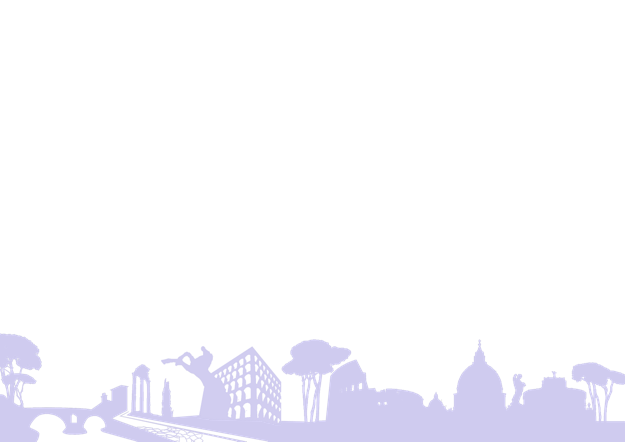3 hours - walking tour
The raise of Rome after the mediaeval fall started right in rione (district) Ponte, across the bridge (ponte) in front of Castel Sant’Angelo. Craftsmanship and trades improved quickly. Outlanders moved here to provide services. Several artists settled their studios and houses, bankers and merchants gathered here to go into business. Quite a clientele for another kind of professionals: courtesans.
On a pillar of the Church of St Augustine Raphael painted the figure of a prophet. The patron complained because of the cost with Michelangelo. The Master reproached him sharply, remarking that just the making of a single "knee" was worth paying. Pure emotions come out of Caravaggio's "Madonna dei Pellegrini" where daily life matches a genuine sense of faith. Bramante’s Chiostro (cloister) is the core of what was originally a monastery and its stark and well-proportioned design reflects Renaissance concepts like balance and symmetry.
The statue of "Pasquino", now a deteriorated chunk of marble, was once admired by Michelangelo himself. The Romans used to display here satirical bills containing complaints about the rule of the Pope and spread gossips around, so "Pasquino" became a...speaking statue.
Palazzo della Cancelleria, one of the purest and noblest Renaissance architectures of Rome, was committed by Cardinal Riario, investing his own money and 14.000 gold "ducati" won gambling.
The gloomy statue of Giordano Bruno, the heretic Dominican sentenced to be burnt at the stake, still stands in the middle of Piazza Campo de' Fiori where he was executed in 1600. Popes, since 1400, made this rural spot a sort of new "forum", a place for meetings, transactions, public debates and announcements, public executions or tortures for misdemeanours. Since 1869 Campo de' Fiori hosts a daily, colourful market of fruits, vegetable, spices and...flowers (fiori).
Palazzo Farnese and its "piazza" feature like movie stars. The royal palace look and its perfect volume (mark of Michelangelo) make it one of the grandest Renaissance mansions in Italy. Right behind it Via Giulia stretches straight for a mile: quite unusual within this district where the alleyways form a tangled labyrinth.








